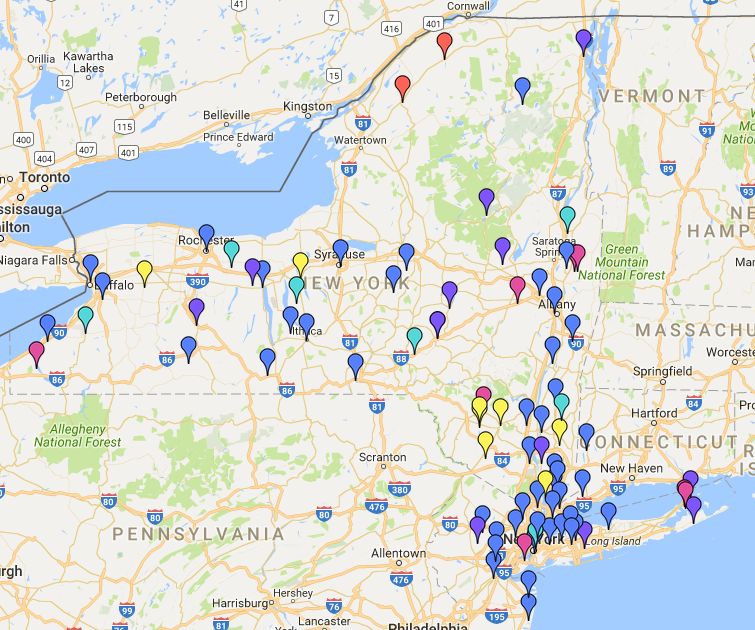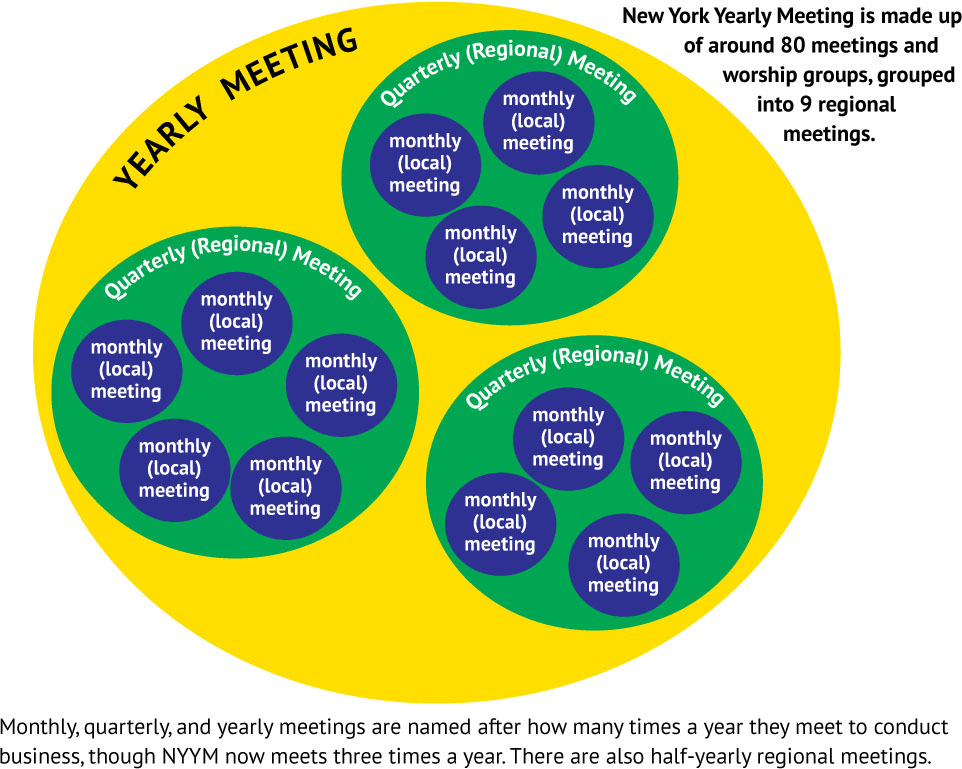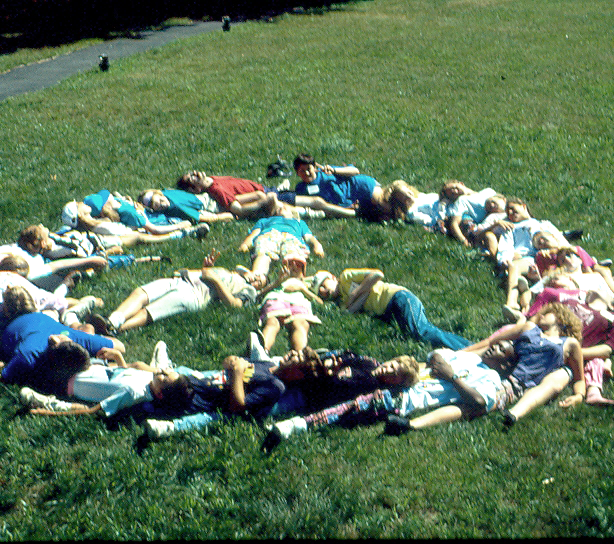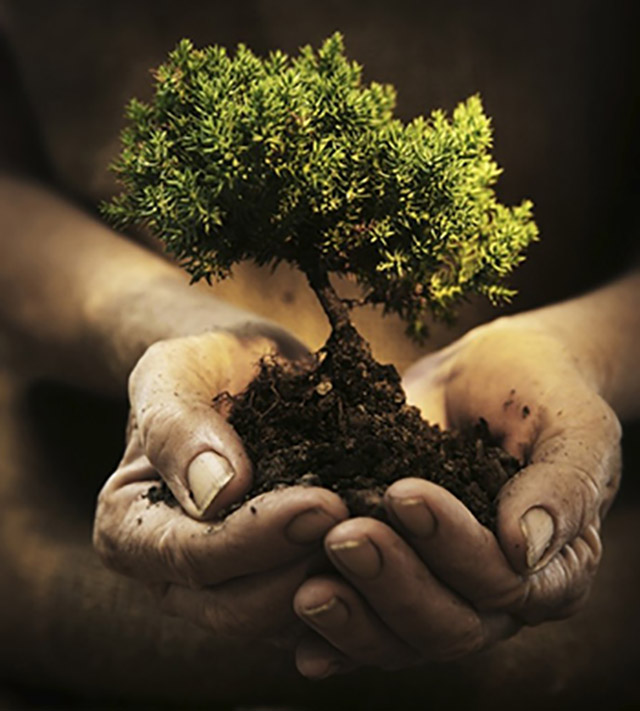Diana
by Solange Muller
Bulls Head Oswego
I thank James O’Barr for his editorial contributions to the original story.
—Solange
On March 17th of last year, I was awakened in the middle of the night by intense pain, shooting through my body. It felt like sharp knives cutting into my muscles. The pain continued until the morning, allowing me only fitful, unrestful sleep. When I finally pulled myself out of bed, I craved even more than usual that first cup of coffee, one of the pleasures of my day. But the rich dark brew had no smell, no taste. Something was seriously wrong. As a health care provider it didn’t take me long to think COVID-19. I immediately had a test done, and two days later the results came back positive. A scary moment, even for someone as privileged as I am.
How did I get infected? There were many possibilities, of course—in March, we were not yet routinely wearing masks at the Community Health Center in Peekskill, where I work as a nutritionist.
One day, before my diagnosis, I saw Diana, an Ecuadorian woman who is one of my patients, in the hallway. I approached her and gave her a big hug. After we caught up a bit, she said, ”Doctorita, I must come see you.”
Alas, she never did. Not long after, I learned from her comadre, the woman whose son Diana was godmother to, and her closest friend, that she had died of the Corona virus. She had no family in Peekskill, and it was left to an uncle who lived in Queens to claim her body. Her comadre had not been allowed into the hospital to be with Diana as she lay dying. When she took her last breaths, she was alone, and so far from her family in Ecuador. She was 49 years old.
Diana taught me to listen closely to a person’s life story, and to listen without judgment. When she came to see me, she was often very tired, and seemed unable to implement the changes I had recommended to improve her health. We often refer to such a patient as “non-compliant.” Once, during a visit, I asked her to tell me more about her life. She had worked as a nurse in Ecuador, but could not make enough money to help support her family, her father and her brother. So she emigrated to the United States and settled in Peekskill, where there’s a large Ecuadorian community, and every day she would travel to Queens to sell Ecuadorian products, mostly perfumes. She sent money home and kept little for herself, which may be why she always looked somewhat disheveled. But she was resilient and strong and hopeful, and lived solely to take care of her family in Ecuador. The money she sent home helped her father build his own house, and her dream was to return and take care of him in his old age. As I listened to her, the professional veil that kept me from seeing Diana whole began to lift.
Diana’s comadre once showed me pictures of her son’s Confirmation ceremony—Diana, his godmother, standing proudly with him. She was beautiful and glamorous and happy, and had such a glowing smile on her face as she embraced her godson. I am so grateful to have seen that photograph, because the only picture I had of Diana in my memory was that of an exhausted, unhealthy woman just hanging on. Now, those images are woven together with her story to show the beautiful and complex weaving that she was.
Diana taught me the importance of listening deeply and being fully present to those I serve. She transformed the way I “see” patients as I listen to their stories, their fears, struggles and hopes. She helped me bring my faith more fully into my professional practice, so that I remember to seek not just diagnoses and treatments for my patients, but that of God in them. Just so, I hold Diana’s memory in the Light of God’s love.





